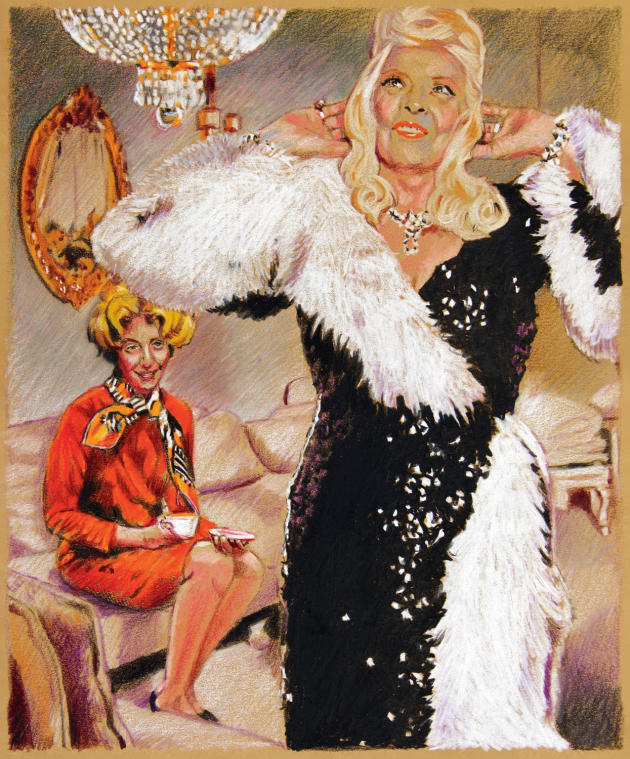Charlotte Chandler knew straight away, when she climbed the floors of the Ravenswood Apartments Building in 1979, a historic Art Deco building located in Hancock Park, an elegant residential area of Los Angeles, where the American actress Mae West lives, she’s having the interview of her life. There will however be many others for the one who will become the biographer of Groucho Marx, Billy Wilder, Tennessee Williams, Marlene Dietrich, Joan Crawford, Alfred Hitchcock, Bette Davis and Ingrid Bergman.
For Mae West, on the other hand, time is running out. His name no longer evokes much to many people, with the exception of a handful of moviegoers. Among them, Charlotte Chandler. The American author came to collect the words of one of the last Hollywood stars of the 1930s, then 86 years old, in order to write her biography (She Always Know How. Mae West, a Personal Biography, published by Simon & Schuster in 2009, unpublished in France). Mae West will die a few months later, in November 1980.
In the 1930s, in Hollywood and elsewhere, Mae West’s name sparkled more than any star. The one who decided, from an early age, to become an actress, took her destiny in hand at a time when it is rare for a woman to trace her own path. Child of Brooklyn, Mae West knows what she wants and no one can stop her. In the spring of 1926, she performed on Broadway, in a play written, produced and directed by her, Sex, the story of an ambitious prostitute. Despite outraged criticism from Puritan America, it was a commercial success. The performances are linked until the beginning of the following year.
The meeting of water and fire
But in February 1927, she was arrested by the New York police for “obscenity”. During her trial, she turns the situation to her advantage. To the judge asking her if her name is Mae West, she replies: “You don’t read the newspapers? » To a journalist, curious to know what this case could cost him, she replies: “I believe this story will bring me success”, before adding: “All of this is well worth $1 million in advertising. » She was sentenced to ten days in prison.
Turning then to the big screen, she became the biggest star of Paramount Studios, which she even saved from bankruptcy thanks to the proceeds of Lady Lou (1933), by Lowell Sherman, in which she starred. Of night after night (1932), by Archie Mayo, to My darling little chick (1940), by Edward F. Cline, her films made her the highest paid woman in the United States. The success continued in the 1940s with a return to the stage on Broadway. And if the actress is then partly eclipsed from the stage as from the big screen, it is because she decided it.
You have 56.45% of this article left to read. The following is for subscribers only.
